MIT, Scripps study examines behavior of midwater sediment plumes from deep-sea nodule mining
Green Car Congress
JULY 28, 2021
The midwater plume comprises two stages: (i) the dynamic plume, in which the sediment-laden discharge water rapidly descends and dilutes to a neutral buoyancy depth, and (ii) the subsequent ambient plume that is advected by the ocean current and subject to background turbulence and settling. Earlier post.).

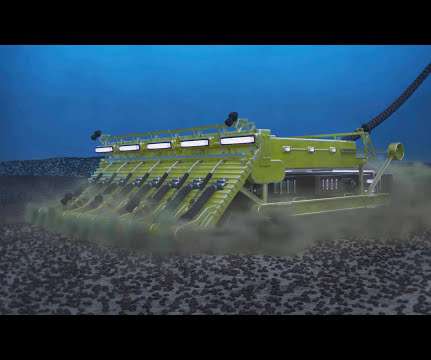

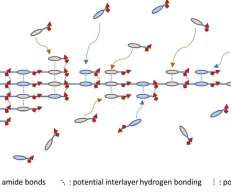

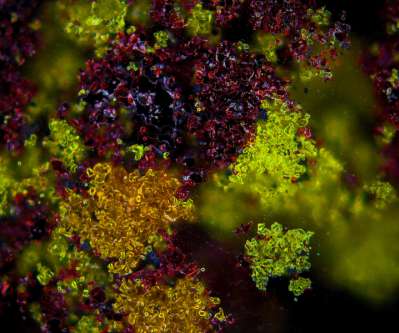
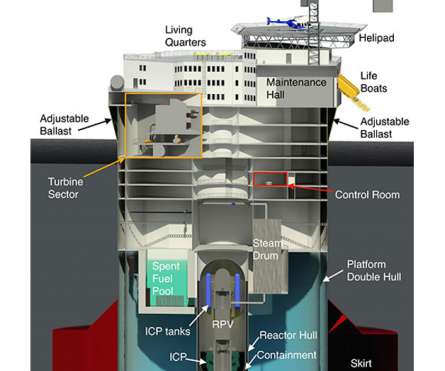

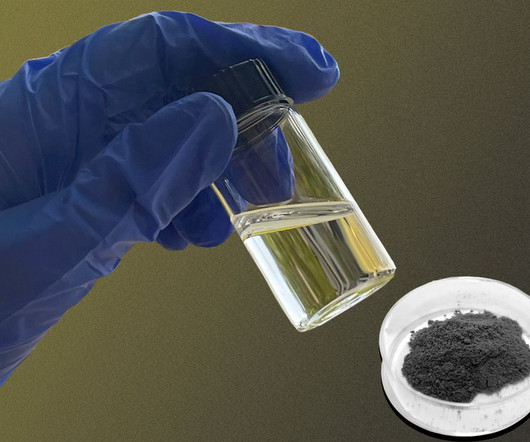




















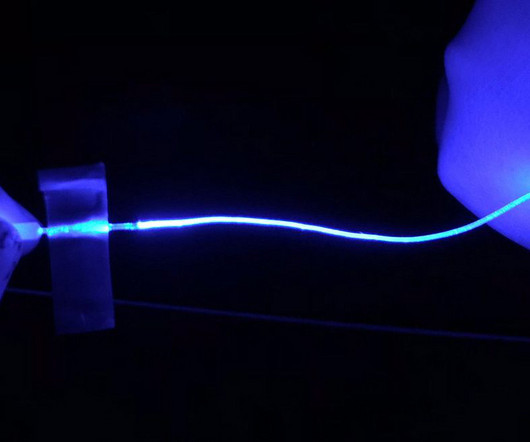

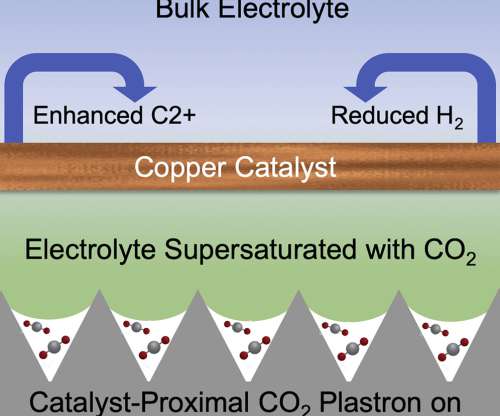











Let's personalize your content